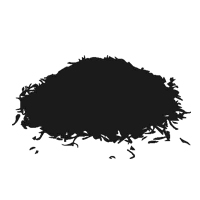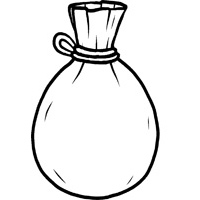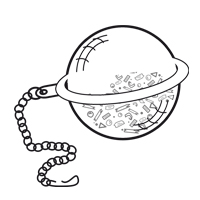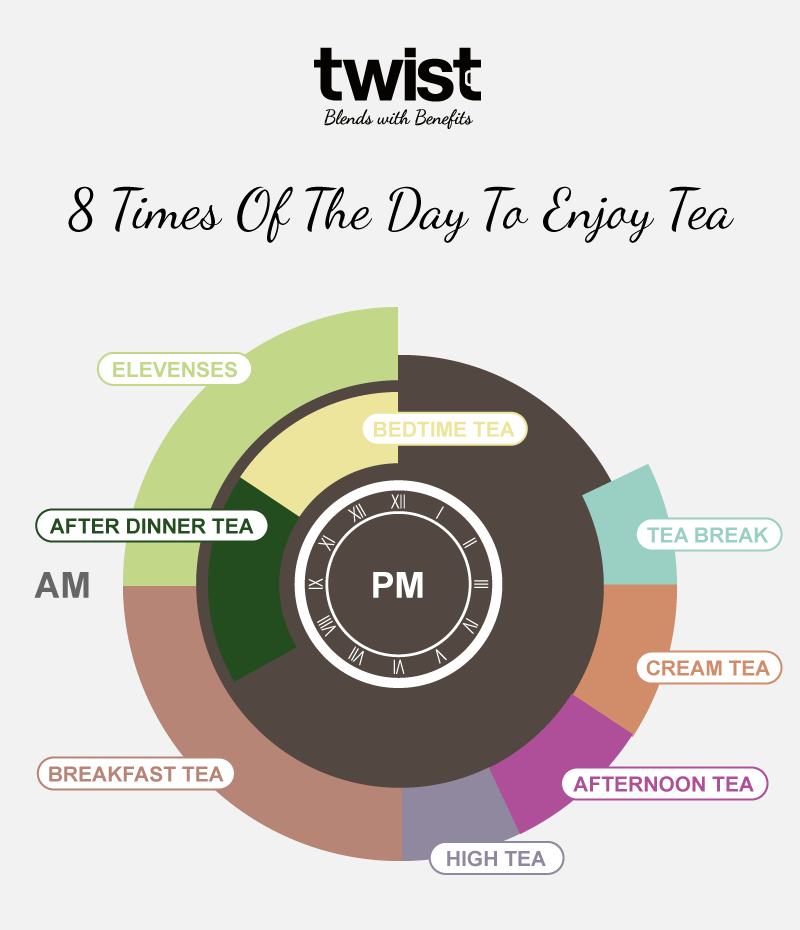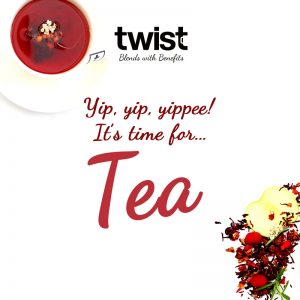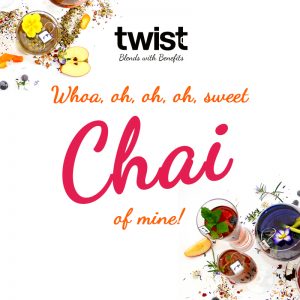Universitea
The history of blending tea has a shady past. As tea became increasingly popular in Britain in the nineteenth century, unscrupulous tea merchants added all kinds of extra ingredients, some inedible, to bulk out their stocks and increase their profits[i]. Now that tea is regulated, drinkers have no need to be afraid! Modern tea blending is about achieving a good balance of flavour, aroma, and colour.
The origins of Twist started with blending and experimenting with various combinations of teas. Long before Twist was conceived, Nicky would pop a couple of different tea bags into a pot to make new flavours. As Claire grew up, she thought this was the normal thing to do. Consequently, when it was time to design Twist’s many tea blends, Nicky and Claire called on their years of experimentation for inspiration.
Twist Teas blends are fabulous in their own right, but it doesn’t hurt to further experiment, every so often, does it? We thought we would get back into the Twist kitchen on a quiet Friday afternoon and get mixing and see what we could come up with…
Which teas can you mix together?
The options are endless with tea blending and there is no right or wrong when it comes to personal taste. You might like to consider classic flavour pairings such as peppermint and chocolate or strawberries and cream, or you can throw the rule book out and trust your instincts. When it comes to quantity, you can be scientific about it, measuring out exact amounts of tea to create your new concoctions, or be as random about it as you like. Experiment using both tea bags and hand-blending loose-leaf tea and see which you think is best. Try your blends hot, cold, served with ice, brewed with water or milk: be adventurous!
For our small tea blending experiment, we combined two or more blends with like flavours, complementary flavours, and contrasting flavours. Read on for a few suggestions we think you will love.
Black tea blend recipes
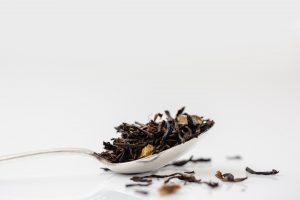 After water, black tea is one of the most popular beverages in the world. Black tea is a drink made from the oxidised leaves of the Camellia sinensis plant. To make black tea, the leaves are picked and withered before being rolled, oxidised (exposed to air), and finally, dried. The term ‘black tea’ comes from the colour of the leaves once oxidised. It is called black tea whether we add milk or not. Black tea varies greatly in terms of flavour, depending on the conditions of the soil and climate in which it is grown. The robust, full-bodied nature of black tea means it blends well with many flavours including mint, citrus, and even floral flavours.
After water, black tea is one of the most popular beverages in the world. Black tea is a drink made from the oxidised leaves of the Camellia sinensis plant. To make black tea, the leaves are picked and withered before being rolled, oxidised (exposed to air), and finally, dried. The term ‘black tea’ comes from the colour of the leaves once oxidised. It is called black tea whether we add milk or not. Black tea varies greatly in terms of flavour, depending on the conditions of the soil and climate in which it is grown. The robust, full-bodied nature of black tea means it blends well with many flavours including mint, citrus, and even floral flavours.
Morning Blast
Get your morning off to a flying start by blending Breakfast Boost with a small amount of Propermint. Add milk if desired. The combination of refreshing peppermint with a premium black tea blend that contains yerba mate for a smooth caffeine hit and Siberian ginseng for enhanced mental performance will be sure to knock your socks off…in a good way! If you prefer a greater peppermint hit, increase the proportion of Propermint in your blend.
Blends: 3 parts Breakfast Boost + 1 part Propermint
Method: Infuse both blends separately in boiling water for 3-5 minutes. Remove tea. Combine Propermint with Breakfast Boost slowly until desired level of mintiness has been reached. Serve with or without milk.
English Rose
Add some sophistication/elegance to your afternoon tea by blending our Afternoon Perks with Royal Tea. Afternoon Perks is a light bodied blend of Ceylon and Darjeeling black teas, the perfect black tea base for imbuing with delicate rose and warming cinnamon… This aromatic blend would be equally at home in Buckingham Palace or enjoyed in your kitchen, with or without milk.
Blends: 2 parts Afternoon Perks + 1 part Royal Tea
Method: Infuse both blends in boiling water for 3-5 minutes. Leave the Royal Tea in for longer for a stronger cinnamon and rose flavour. Remove tea and combine. Serve with or without milk.
Earl Magnificent
The combination of black tea and citrus has been enjoyed for generations in the form of the classic Earl Grey blend. Thought to be named after Charles Grey, the 2nd Earl Grey, and British Prime Minister during the 1830s, Earl Grey tea is reputed to have been created to disguise the flavour of the water at the Earl’s home. If you are looking to increase the citrus flavour of your Earl Grey, infuse your favourite Twist Teas Earl Grey blend for 3-5 minutes, depending on personal taste, and top with our Orange & Lemon tisane.
Blends: 3 parts Classic Earl or Earl Great + 1 part Orange & Lemon
Method: Infuse both blends separately in boiling water for 3-5 minutes. Leave the Orange & Lemon to brew for longer if a stronger orange flavour is desired. Remove tea and combine. Serve with or without milk.
To Russia With Love
Russian Caravan is a tea blend that was created to appeal to nineteenth century traders undertaking the arduous task of importing tea from China to Russia via ‘caravans’ of camels. Traditionally a blend of Chinese teas such as oolong, keemun and lapsang souchong, Russian Caravan tea has a full-bodied flavour. To make your own Russian Caravan with a Twist, blend our Classic Earl, with a small amount of Wholly Smoke. A word of warning: use Wholly Smoke sparingly as the smoky aroma could overwhelm the Classic Earl.
Blends: 3 parts Classic Earl + 1 part Wholly Smoke
Method: Infuse both blends separately in boiling water for 3-5 minutes. Remove tea. Combine Wholly Smoke with Breakfast Boost slowly until desired level of smokiness has been reached. Serve with or without milk.
Green tea blend recipes
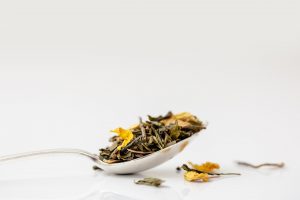 Like black tea, green tea is a type of drink made from the leaves of the Camellia sinensis plant. Unlike black tea, however, green tea leaves are steamed or pan-fried soon after picking to avoid oxidation. It is thought that the lack of processing is why green tea is so high in antioxidants, compounds found in certain foods that are thought to help protect our bodies from disease. Green tea has been enjoyed for centuries both for its health benefits and as a stimulating drink. Studies have shown that L-theanine, an amino acid found in green and black teas, and caffeine work together to reduce stress and improve concentration.
Like black tea, green tea is a type of drink made from the leaves of the Camellia sinensis plant. Unlike black tea, however, green tea leaves are steamed or pan-fried soon after picking to avoid oxidation. It is thought that the lack of processing is why green tea is so high in antioxidants, compounds found in certain foods that are thought to help protect our bodies from disease. Green tea has been enjoyed for centuries both for its health benefits and as a stimulating drink. Studies have shown that L-theanine, an amino acid found in green and black teas, and caffeine work together to reduce stress and improve concentration.
The umami flavour of green tea lends itself well to combining with fruit, mild spices, and peppermint.
Supreme Sencha
One of Japan’s favourite teas is Sencha Green tea. Sencha Green tea is made from the unfermented Camellia sinensis leaf, which is steamed, rolled, and dried. Sencha Green tea has a clean, slightly grassy taste, derived in part from the steaming process. The flavour of green tea is not to everyone’s taste at first, so combining it with another tea is a great way to start enjoying the health benefits of green tea. Try a 50/50 blend of our Sencha Green with Cocoa-Nut Green. Not only will you enjoy the health benefits of green tea, but you will also enjoy the delicious mix of toasted rice, coconut, and cocoa at the same time!
Blends: 1 part Sencha Green + 1 part Cocoa-Nut Green
Method: Infuse both blends together in cooled boiled water (80°C) for 3-5 minutes. Remove tea. Serve without milk.
Autumn Apple Crumble
Chunmee is a popular Chinese green tea. The word chunmee is Chinese for ‘Precious Eyebrows’, due to the shape the green tea leaves take on once hand rolled. Chunmee tea is made from the unfermented Camellia sinensis leaf, which is pan fried, rather than steamed. We combined our Chunmee Green with a concentrate of Mustn’t Crumble brewed with a cinnamon stick for added spice. The result was a warming sugar-free blend packed with antioxidants that is equally delicious hot or cold.
Blends: 2 parts Chunmee Green + 1 part Mustn’t Crumble
Method: Infuse the Chunmee Green in cooled boiled water (80°C) for 3-5 minutes. Infuse the Mustn’t Crumble in a small amount of boiling water and leave to brew for up to 10 minutes. Combine the two blends and serve without milk.
Iced Summer Greens
Did you know that green tea tastes fabulous as an iced tea? During warm summer months we don’t always fancy a hot drink and endless glasses of water can get a bit boring. Try blending our Refresher Green together with Propermint, before adding ice, sparkling water and a sprig of mint. You’ll have a refreshing pick me up with the antioxidants of green tea and the cooling menthol of peppermint. Don’t forget that green tea contains caffeine, so you might not want to drink too much of this blend before bedtime.
Blends: 2 parts Refresher Green + 1 part Propermint
Method: Infuse the blends separately, Refresher Green in cooled boiled water (80°C) and Propermint in boiling water for 3-5 minutes. Cool and combine the teas, add ice and top with sparkling water. Serve without milk.
Fruit and herbal tea blend recipes
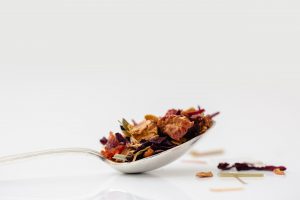 While fruit and herbal blends are not ‘teas’ in the technical sense as they do not come from the Camellia sinesis plant, they are often brewed in the same way as tea. Offering various flavours and health benefits, there are endless options when it comes to blending herbal teas.
While fruit and herbal blends are not ‘teas’ in the technical sense as they do not come from the Camellia sinesis plant, they are often brewed in the same way as tea. Offering various flavours and health benefits, there are endless options when it comes to blending herbal teas.
Chamomile Kick
Chamomile is a herb that produces daisy-like flowers. The tea brewed from the dried Chamomile flowers has been used for generations as a natural treatment for insomnia. Twist’s Chamomile Yawn is one of our most popular herbal teas and has a mellow, honey-like sweetness with floral undertones. Add a kick to your favourite bedtime beverage by combining our Lemon & Ginger with Chamomile Yawn. The lemon peel in Lemon and Ginger complements the lemon balm of Chamomile Yawn, while the ginger adds heat to the blend. A note of warning: the ginger can overpower the chamomile, unless used sparingly!
Blends: 2 parts Chamomile Yawn + 1 part Lemon & Ginger
Method: Infuse both blends in boiling water for 3-5 minutes. Enjoy hot or cold (by pouring over ice). Serve without milk.
Super Berry Green
Add the sweet, fresh flavours of strawberry, raspberry, and hibiscus to a small portion of delicate green tea for a refreshing summer’s drink. We cold-brewed both teas and combined our Summer Berries with some Refresher Green tea and threw in some ice and fresh fruit for good measure. Cold brewing tea is a slow and gentle process that produces sweeter notes and better clarity of taste. Brewing your tea in cold, rather than hot water, results in less astringency or bitterness, meaning you can leave your tea bags or leaves in as long as you like and keep topping up the water throughout the day.
This combination would also work well with our Apple & Blueberry blend. Another way to increase your water intake and enjoy the health benefits of green tea at the same time!
Blends: 2 parts Summer Berries + 1 part Refresher Green
Method: Infuse both blends in cold water and brew for 3-5 minutes. Remove tea, combine, and serve on ice without milk.
Rooibos tea blend recipes
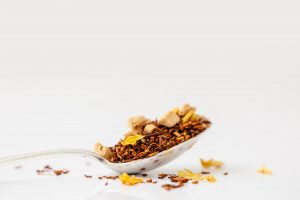 Rooibos is a herb that is grown in the Cederberg region near Cape Town, South Africa. Pronounced ‘Roy-Boss’, this rich, nutty brew with a dark copper hue is super-charged with health benefits. It is naturally caffeine-free and bursting with antioxidants. Rooibos is also low in tannins, a chemical often present in less premium black tea and green tea that can cause a bitter flavour and interfere with iron absorption.
Rooibos is a herb that is grown in the Cederberg region near Cape Town, South Africa. Pronounced ‘Roy-Boss’, this rich, nutty brew with a dark copper hue is super-charged with health benefits. It is naturally caffeine-free and bursting with antioxidants. Rooibos is also low in tannins, a chemical often present in less premium black tea and green tea that can cause a bitter flavour and interfere with iron absorption.
While Rooibos can be enjoyed on its own, or with a little milk, it also works well as a base upon which other flavours can be added.
Lemon Tranquility
This blend is an excellent choice to be enjoyed at any time of the day as it is completely caffeine free. Mix one third Pure Rooibos with two thirds of Lemon & Ginger and you will have a brew that is packed full of the health benefits of both rooibos and ginger, with added Vitamin C from lemon. Although the rooibos calms the ginger, there is still plenty of heat in this delicious blend.
Blends: 1 part Pure Rooibos + 2 parts Lemon & Ginger
Method: Infuse both blends in boiling water for 3-5 minutes. Remove the tea and combine. Enjoy hot, or cold on ice with a slice of fresh lemon. Serve without milk.
Caffeinate your Chocolate Cake
Tea and cake is a timeless combination. The mixologists at Twist Teas had already cottoned on to this idea with rooibos blend Chocolate Cake but we thought, why not caffeinate our chocolate cake for an added energy boost! Infuse a Twenty Four Seven tea bag for 2 minutes for a strong, malty brew, and pop in a Chocolate Cake tea bag to the mix. Our Chocolate Cake tea is a rooibos blend, so you can leave that in as long as you like. Rooibos is completely lacking in tannins, meaning it does not become over-brewed and bitter. The result is a rich amber liquid with a subtle chocolatey aroma. The addition of milk enhances the chocolate flavour and adds a delicious creaminess.
You can mix Twenty Four Seven with Banana Shake in much the same way. There is a reason a cup of black tea goes so well with a slice of banana bread! To ensure the delicate banana flavour shines through, make sure you use less black tea and more Banana Shake in this blend.
Blends: 1 part Twenty Four Seven + 1 part Chocolate Cake
Method: Infuse both blends in boiling water for 3-5 minutes. For a stronger chocolate flavour, leave your Chocolate Cake to brew for up to 10 minutes. Combine and top with frothy milk.
How can I mix my own tea blends?
Twist Teas have several convenient formats for those keen to have a go at tea blending for themselves. You can start with a Pick and Mix Tasting Menu and curate your own selection of six delicious teas. Twist also has larger Pick and Mix caddies, for those wishing to start with a larger quantity. These caddies offer a choice of up to four or six different blends with eight bags (or equivalent of loose-leaf tea) per blend.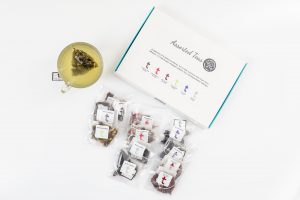
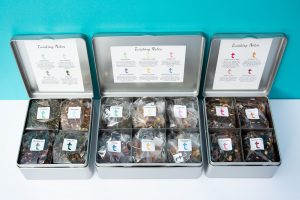
Pick and Mix Tasting Menu Pick and Mix Caddies
[i] Battle, W 2017, The World Tea Encyclopaedia, Matador, Knebworth Beauchamp, UK, p. 70.

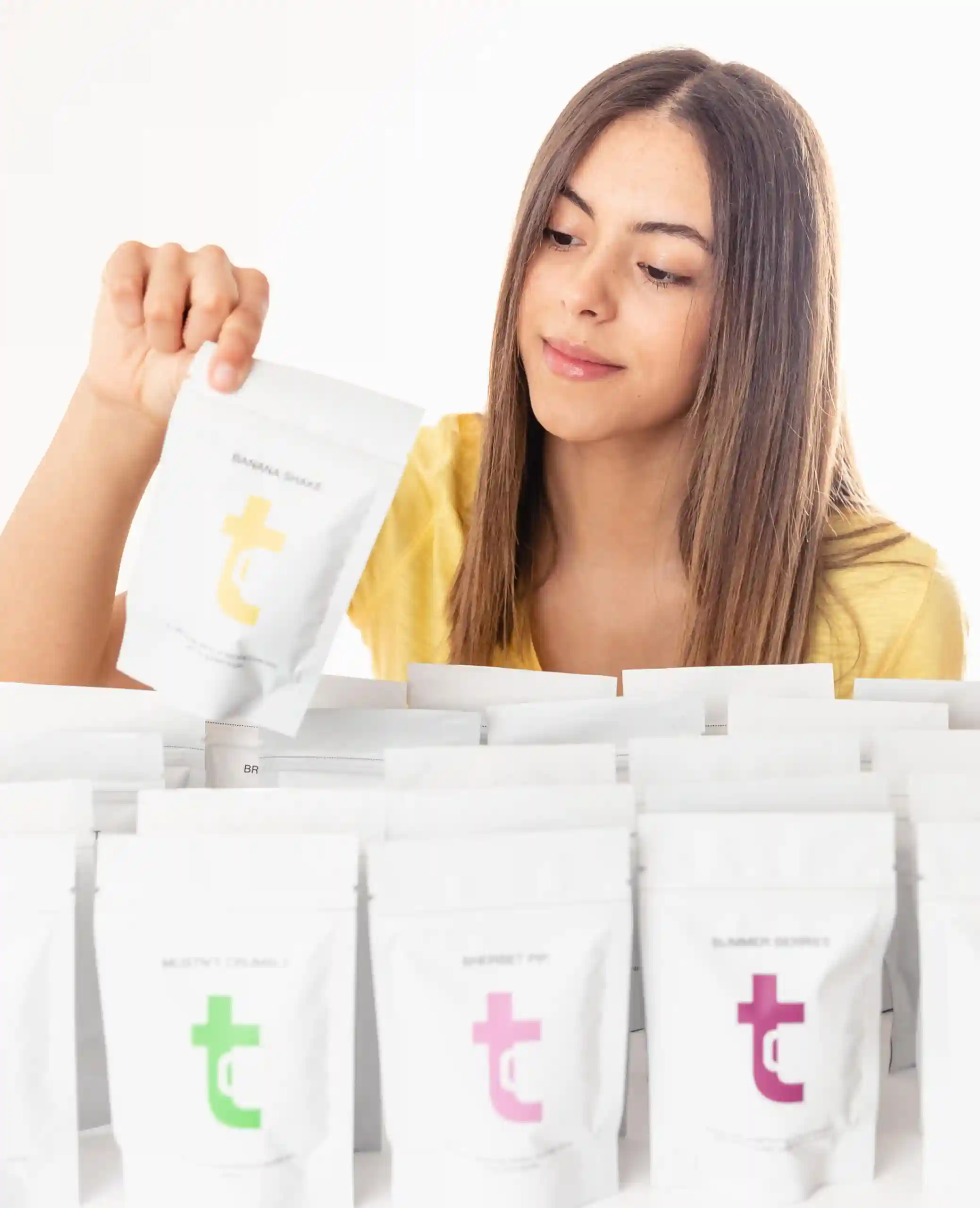
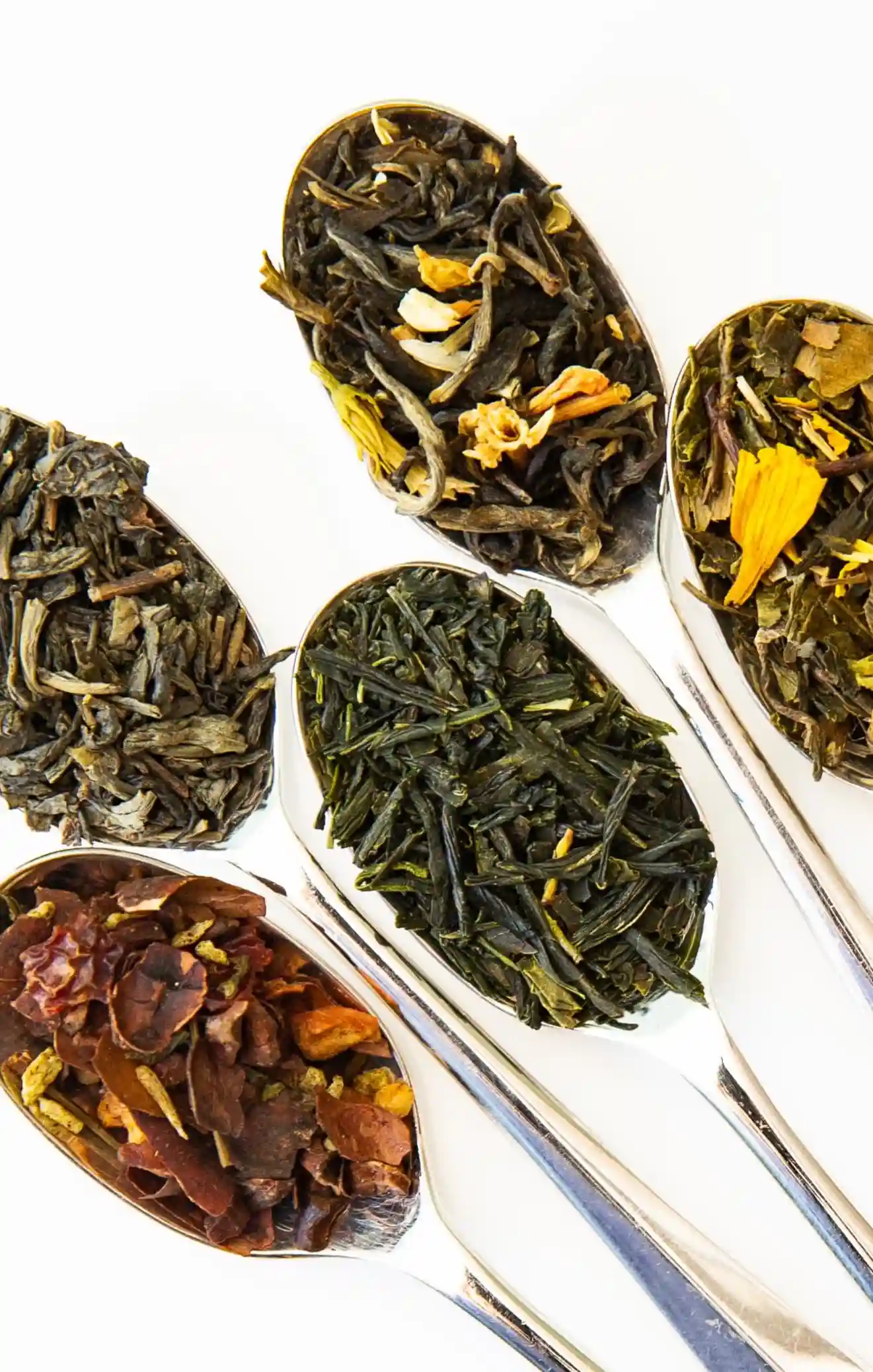
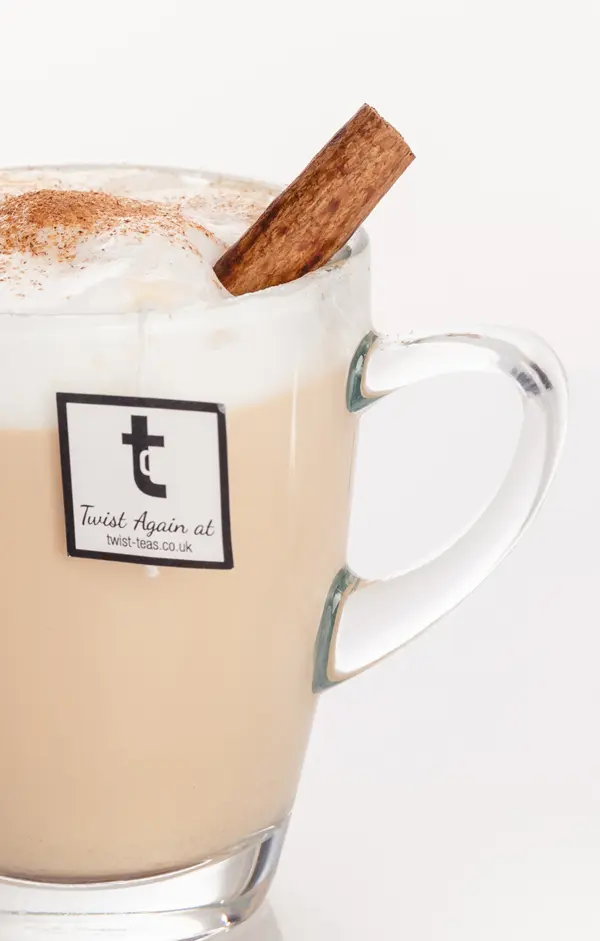

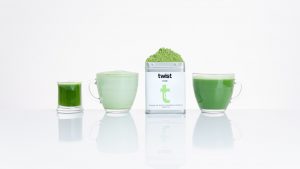
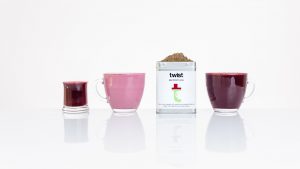
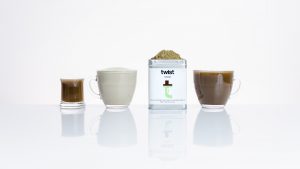
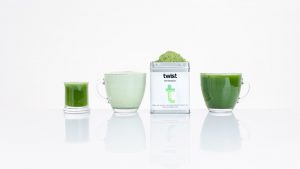
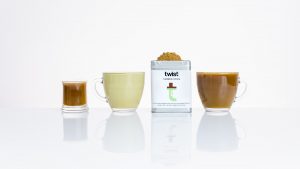
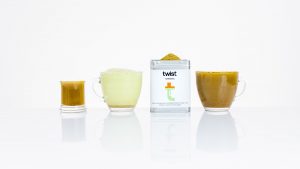
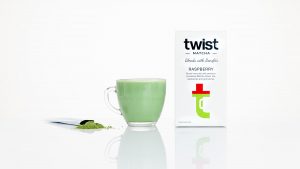
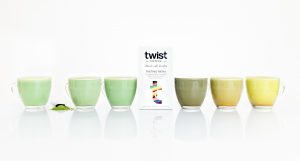
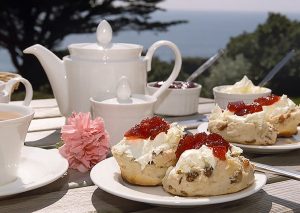
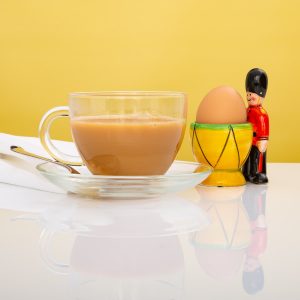 After water, black tea is one of the most popular beverages in the world
After water, black tea is one of the most popular beverages in the world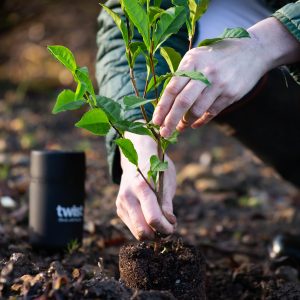 Tea is now grown in many regions across the world and each region produces tea that has its own distinct colour, aroma, and flavour. Currently the largest producers of black tea are India, Sri Lanka, and Africa. The most well-known teas produced in these countries include Assam, Ceylon, Darjeeling and Kenyan teas.
Tea is now grown in many regions across the world and each region produces tea that has its own distinct colour, aroma, and flavour. Currently the largest producers of black tea are India, Sri Lanka, and Africa. The most well-known teas produced in these countries include Assam, Ceylon, Darjeeling and Kenyan teas.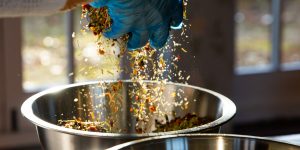
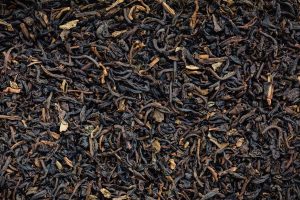 At Twist Teas we have raised the bar with our
At Twist Teas we have raised the bar with our 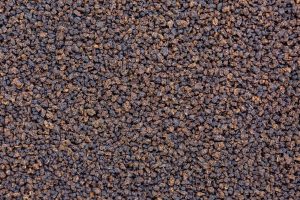 Looking for a black tea blend to give you an energizing boost at any time of the day? Twist’s
Looking for a black tea blend to give you an energizing boost at any time of the day? Twist’s 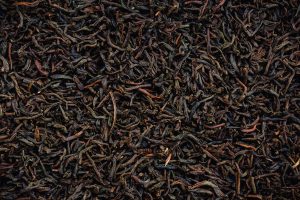
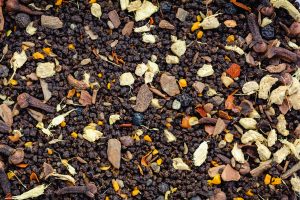 To create our aromatic
To create our aromatic 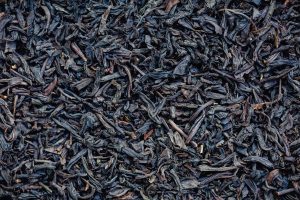 Lapsang Souchong is black tea that has been smoke dried over a fire. Believed to have been created in China during the Qing Dynasty as early as the mid-1600s, Lapsang Souchong has a distinctive aroma and flavour and can be served with or without milk.
Lapsang Souchong is black tea that has been smoke dried over a fire. Believed to have been created in China during the Qing Dynasty as early as the mid-1600s, Lapsang Souchong has a distinctive aroma and flavour and can be served with or without milk.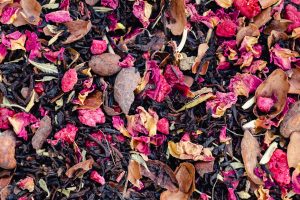 Sometimes a special occasion arises that calls for an exceptional tea blend. At Twist Teas we pride ourselves on our innovative approach to pairing flavours that some may consider unusual. Many of our tea blends feature a Twist, but we think this particular blend is something really special.
Sometimes a special occasion arises that calls for an exceptional tea blend. At Twist Teas we pride ourselves on our innovative approach to pairing flavours that some may consider unusual. Many of our tea blends feature a Twist, but we think this particular blend is something really special. 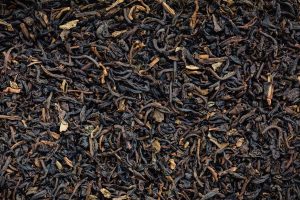 While caffeine is certainly helpful in giving us an energy boost when we most need it, sometimes we need to reduce the amount of caffeine we consume for health reasons, such as during pregnancy, or if we are finding it difficult to sleep. Decaffeinated tea makes it possible to reduce our caffeine intake without abandoning black tea altogether.
While caffeine is certainly helpful in giving us an energy boost when we most need it, sometimes we need to reduce the amount of caffeine we consume for health reasons, such as during pregnancy, or if we are finding it difficult to sleep. Decaffeinated tea makes it possible to reduce our caffeine intake without abandoning black tea altogether.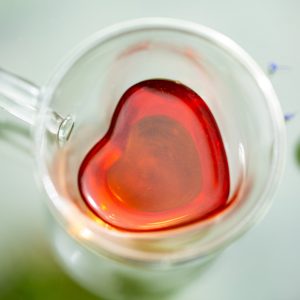 You may ask is it healthy to drink black tea every day? Of course,
You may ask is it healthy to drink black tea every day? Of course, 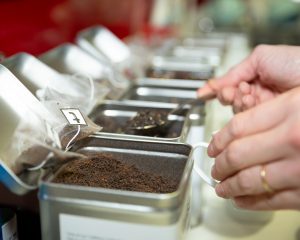 Once your tea ware is warmed (within 1 minute), tip this water out and measure your tea carefully (1 tea bag, or 1 teaspoon of loose-leaf tea per cup). Pour the hot water onto the tea and infuse for the recommended brewing time. Some people may be concerned that putting hot water directly onto tea will burn it, but if you have waited the 1 minute after the water has stopped boiling, the temperature should just about be perfect (approximately 95°).
Once your tea ware is warmed (within 1 minute), tip this water out and measure your tea carefully (1 tea bag, or 1 teaspoon of loose-leaf tea per cup). Pour the hot water onto the tea and infuse for the recommended brewing time. Some people may be concerned that putting hot water directly onto tea will burn it, but if you have waited the 1 minute after the water has stopped boiling, the temperature should just about be perfect (approximately 95°).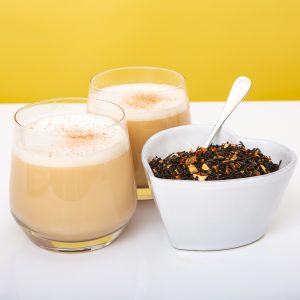 Twist has several teas that work well as
Twist has several teas that work well as 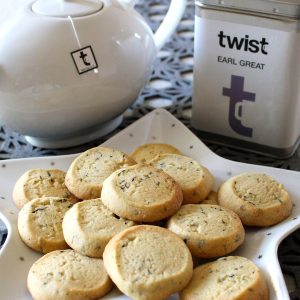 When we think of biscuits or cake and a cuppa, usually we think of these as being the perfect high tea partnership. But what about using tea in the biscuit? Our
When we think of biscuits or cake and a cuppa, usually we think of these as being the perfect high tea partnership. But what about using tea in the biscuit? Our 